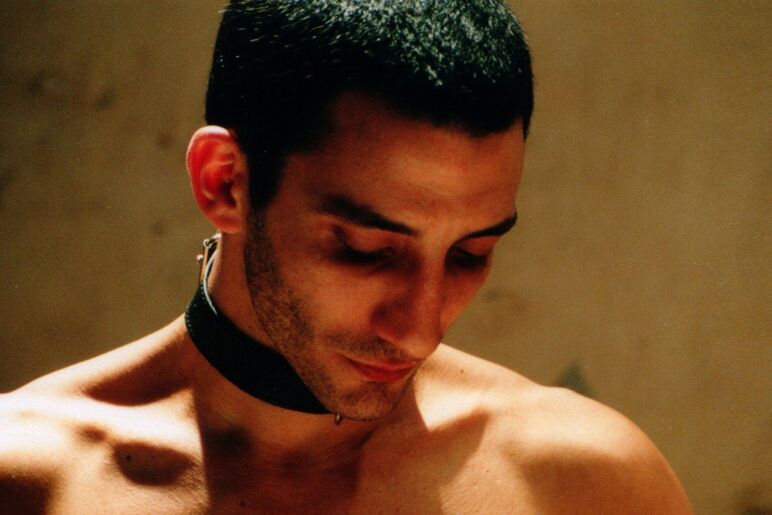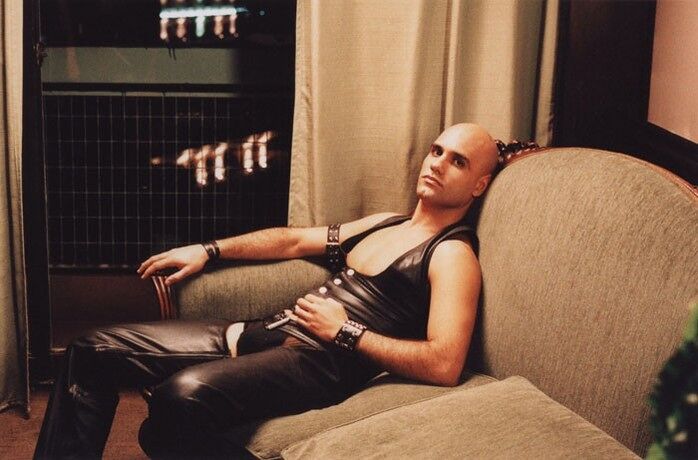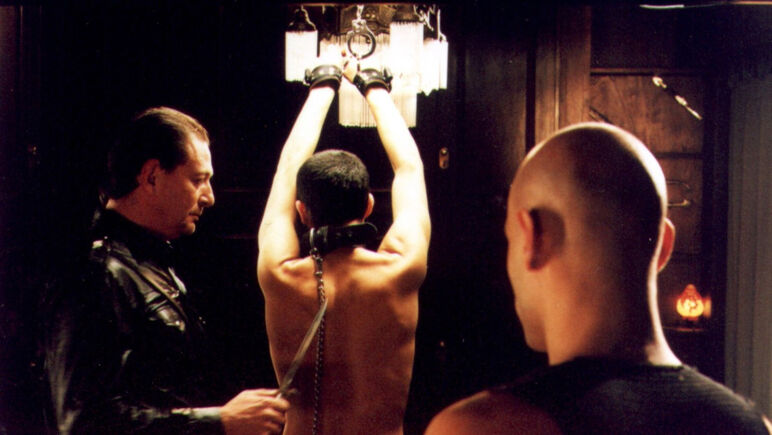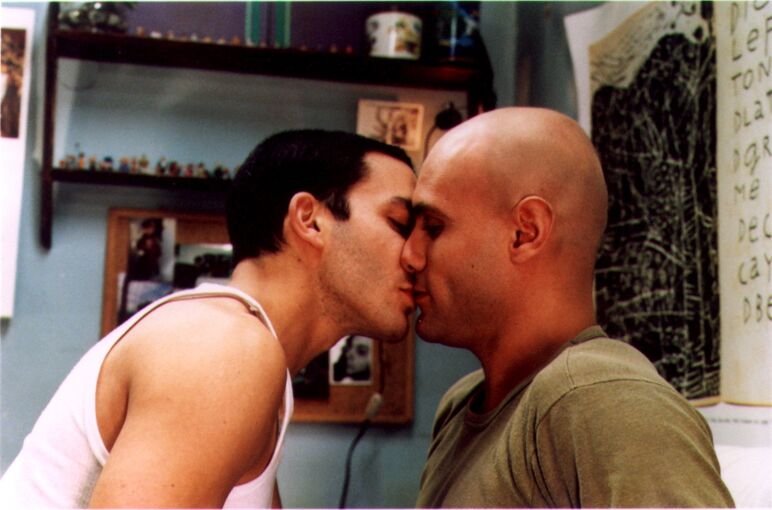

Welcome back to our queer film retrospective, “A Gay Old Time.”
This week, we continue our month-long Pride Around The World mini-series, where we’ll be taking a look at movies from different countries and examining their portrayals of queerness and how they resonate both culturally and historically. This week, we’re taking a trip to South America to discuss how other countries dealt with the AIDS crisis ravaging our community into the 1990s.
The AIDS crisis has become a cornerstone in the narrative and cinematic depiction of the gay community. As a groundbreaking event that fundamentally changed the way we existed in the world and related to one another, it’s no surprise why it has become a central focus of many of the most recognized artistic works about us, from Philadelphia, Rent and Angels In America (all made at the height of the crisis) to more modern works like Dallas Buyers Club and It’s a Sin that look back on the era.
How about we take this to the next level?
Subscribe to our newsletter for a refreshing cocktail (or mocktail) of LGBTQ+ entertainment and pop culture, served up with a side of eye-candy.
However, many of the most prominent films to address it are often characterized by two major tropes: first, a dark tone that reflects the inescapable air of tragedy all those years.
Related*

And second, the centering of major American (or at least, English-speaking) metropolises like New York, San Francisco, or London. This is no surprise, given that these cities had very large gay populations, and the American film industry has a particularly strong grip on global markets, and thus those are the stories that tend to become mainstream more quickly.
But while these two characteristics may have become closely attached to AIDS narratives, they are far from being the absolute truth. AIDS was obviously not contained to these places; it was worldwide, and, in certain certain places, is still ongoing. And though this era was marked by relentless loss and darkness, it was by no means the prevailing sentiment at all times.
A Year Without Love is a 2005 Argentinian film that recounts the titular year in a the life of Pablo (Juan Minujín), a struggling poet with AIDS that longs for love and companionship, and finds a new outlook in life through an underground gay scene in Buenos Aires.
The Set-Up
The film follows a series of vignettes and characters in Pablo’s life throughout the year rather than following one, straightforward narrative.
Pablo’s health has declined greatly, and so he has to constantly be monitored, examined, and probed. He has a strained relationship with his estranged father and the aunt he shares an apartment with. We see the superficial friendships with his coworkers, his frustrated attempts to publish the poetry based on his life, and his continued longing for a partner through the many personal ads he places in newspapers and websites.
However, one day he stumbles into a leather club, and discovers a newfound freedom through the dom/sub relationships he forms with other men there. He’s able to combine pain and pleasure in a way he didn’t think was possible, and this community becomes a temporary yet powerful escape from his otherwise bleak and fated existence.
A Gritty Reality


A Year Without Love was directed by Anahi Berneri, who shoots the film in the stylized digital aesthetic that situates the audience right in the middle of the 1990s. Reminiscent of films like Soderbergh’s Sex, Lies, And Videotape, the lighting is harsh, the quality is granular, and the footage looks homemade.
Although certainly this has much to do with the low-budget production, it also adds to the themes of mundanity and emotional grayness that Pablo finds himself in, jumping mindlessly from hospitals to office rooms. It’s in the nightlife scenes that the film quite literally comes to life, using bright contrasting colors, split screens, music, and explicit intimate scenes that directly clash with the ordinary routine that is presented beforehand.
The film depicts how the queer community in Argentina was dealing with the AIDS crisis, and as it turns out, it didn’t look that differently from what American media has depicted: total indifference—or outright hostility—from government agencies and straight people, the use of alternative treatments and small medical advancements, and a burst of artistic expression despite the grimness of the time.
Pain, Pleasure & Everything In Between


But what feels so different about A Year Without Love is that it chooses to focus on the small pockets of hope that were also being created; places for people to continue to engage in pleasure, create meaningful friendships, and find community during a time that often directly advised against it.
Many gay men often turned to club culture and leather fetishism during the AIDS crisis as a way to participate in pleasure and release without having to endanger their health. Their found corporeal catharsis from being tied up, engaging in power play, and sometimes simply watching others. A Year Without Love shows not just how liberating but necessary having those avenues of release were for the community.
Acts of this nature are often depicted as harmful, risky, or irresponsible in films set during the AIDS crisis—reckless behavior had to be questioned or completely given up if one wanted to survive. But as this movie shows, it was also often one of the only ways in which the community could find comfort and support in each other. It didn’t have to feel so fatalistic.
A Year To Remember


A Year Without Love went on to win the Teddy Award—the biggest prize for queer films at the 2005 Berlin Film Festival—and had a successful run in the queer film festival circuit, picking up prizes in Los Angeles and New York.
It didn’t necessarily leave a lasting mark in the pantheon of queer cinema about AIDS, though it’s remained one of the most honest and complex depictions of a community that has often been portrayed as merely surviving. But we kept on living as well. We kept on wanting to love, and being hurt, and finding each other in dark dungeons. That’s where some of the best things in life happen, anyway.
Though A Year Without Love is not currently streaming through any official channels, it can be found in full online.
Related*

Sign up for the Queerty newsletter to stay on top of the hottest stories in LGBTQ+ entertainment, politics, and culture.







